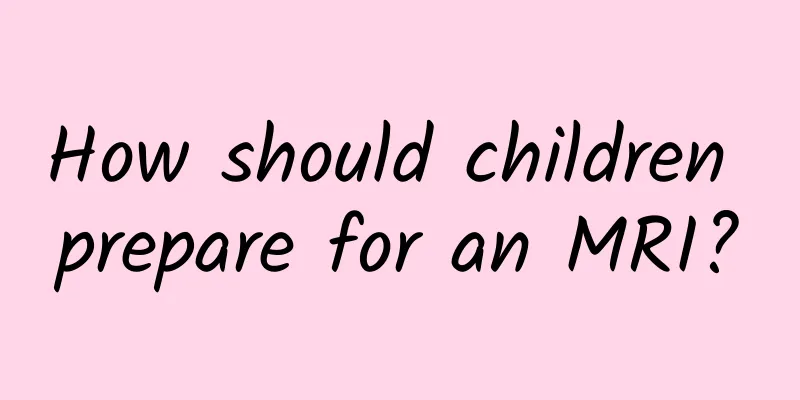What are the symptoms of cyst pain?

|
Nowadays people's diets are more diversified, so they will have some health problems to a greater or lesser extent, such as cysts. Cysts are not as difficult to treat as other diseases, nor do they grow in specific parts of the body. They can grow on the outside of people's skin or inside the human body. It is easy to identify if it grows outside the body, but it is more troublesome if it grows inside the body. Cysts generally do not cause pain. If they cause pain, it means the cyst is serious. What are the symptoms of cyst pain? 1. Malignant ovarian cysts Although these diseases may also cause lumps on the ovaries, they are different from ovarian cysts. The pain in the right lower abdomen should also be distinguished as being caused by a cyst or other diseases such as pelvic inflammation. Pain does not mean that the cyst is getting worse, and there is no absolute relationship between the severity of pain and the extent of the cyst. The more obvious the pain is, the more serious the cyst is not necessarily. To confirm that it is an ovarian cyst, the first thing to do is to determine whether it is benign or malignant. Surgery is the only treatment for malignant ovarian cysts. Due to the rapid growth of the tumor, patients may experience symptoms of malignant ovarian cysts such as abdominal distension, abdominal mass and ascites in the short term. When the tumor infiltrates into surrounding tissues or compresses nerves, the patient's symptoms of malignant ovarian cysts include abdominal pain, back pain or lower limb pain. If the pelvic veins are compressed, lower limb edema may occur. If it is a functional tumor, it may produce corresponding symptoms of a malignant ovarian cyst with excessive androgen. 2. The symptoms of malignant ovarian cysts in late-stage patients show cachexia. During gynecological examination, scattered hard nodules can be felt in the posterior fornix of the vagina. The lumps are mostly lateral, solid or semi-solid, with an uneven surface, fixed, and often accompanied by bloody ascites. Sometimes swollen lymph nodes can be felt in the groin, armpits, or above the collarbone. 3. The enlargement and expansion of the renal cyst increases the tension of the renal capsule, stretches the renal pedicle, or causes compression of adjacent organs. The pain is characterized by dull pain, fixed on one side or both sides, radiating to the lower part and lower back. If there is intracystic bleeding or secondary infection, the pain will suddenly increase. |
<<: Symptoms of colic in pregnant women
>>: What causes uterine contraction?
Recommend
How to treat cervical hypertrophy caused by vaginitis? Chinese medicine treatment is effective
Vaginitis is a common gynecological inflammation....
How to treat uterine cold
What Chinese medicine calls "uterine cold&qu...
What are the symptoms of kidney deficiency in women?
Kidney deficiency is a problem that every man is ...
Confirmed cases have appeared in many places. This is a critical period. Please continue the advocacy!
Recently, local confirmed cases of COVID-19 have ...
What should I do if I find ground glass nodules? These two things are very important
On April 28, 2021, the 77th patient education liv...
Can pregnant women eat salted fish?
In the past, people in coastal areas caught a lot...
Are candied dates acidic or alkaline? What are the benefits of drinking candied dates soaked in water?
Candied dates contain a lot of protein, carbohydr...
Birth control pills cause delayed menstruation
Contraceptive pills can affect the levels of vari...
Can ginger be added to cesarean section soup?
It will have a very pungent smell, so many people...
Does maternal anemia affect milk production?
In fact, the mother's body is still in a rela...
What is the Turritopsis dohrnii?
The Turritopsis dohrnii is a small jellyfish. Its...
How to choose rock sugar? What are the benefits of stewing lemon with rock sugar?
The hot weather has been covering all parts of th...
Why do I get bloated during sex?
During sexual intercourse, women often experience...
Can pregnant women eat pears when they have a cold?
Pears are a type of fruit that many people love. ...
What is the reason for slow follicle growth?
Under normal circumstances, when a woman's fo...









